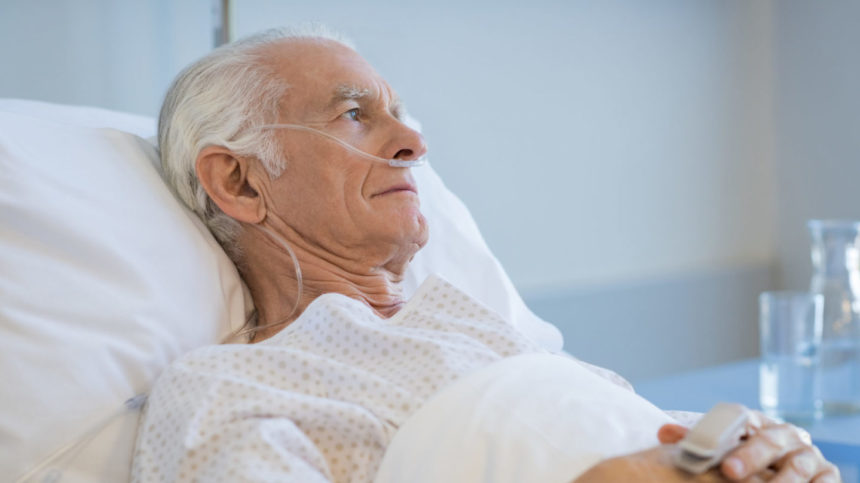
Nursing home pressure injuries are widely underreported, casting doubt on a key measure of resident safety used in federal facility ratings, according to a new study from the University of Chicago.
The researchers analyzed data for Medicare fee-for-service beneficiaries who were nursing home residents between 2011 and 2017. Residents’ hospital admissions for pressure ulcers were compared with data reported by the nursing homes to the Centers for Medicare & Medicaid Services.
Nursing homes self-reported only about 60% of pressure injuries between stages 2 and 4 among long-stay residents, and 70% for short-stay residents, they found.
For residents who were hospitalized with a primary diagnosis of pressure ulcer and were discharged to the same nursing home, 22% of pressure ulcers went unreported. Among residents with a secondary diagnosis of pressure ulcer, 45% of these wounds were not reported by nursing homes.
In addition, a claims-based measure of pressure injuries for each nursing home did not correlate with the ratings and measures of Nursing Home Compare, CMS’s consumer-oriented facility rating site.
Risk not reflected
The results indicate that these publicly reported ratings do not reflect the actual risk of developing serious pressure ulcers in a facility, the investigators wrote. This presents a problem for consumers who use these ratings to evaluate nursing homes. It also lends credence to a call for a third-party approach to measuring nursing home resident safety, said investigator Prachi Sanghavi, PhD.
Self-reporting is not only administratively challenging for nursing facilities, but operators also have a strong disincentive to report, she said in a statement.
“I’m hoping that CMS will recognize that their measures are inaccurate and misleading, and I hope that they shift to using more objective data sources for measuring quality of care in nursing homes,” she added.
The researchers previously have found nursing homes’ falls reporting to be inaccurate as well, and they are now looking into the credibility of self-reported data on urinary tract infections and pneumonia cases.
More context on this story, including an expert opinion on how clinical data could be used to better reflect nursing home care quality, can be found here at McKnight’s Long-Term Care News.
The study was published in Medical Care.
Related articles:
Pressure injuries found in 11% of SNF stroke rehab patients: study




